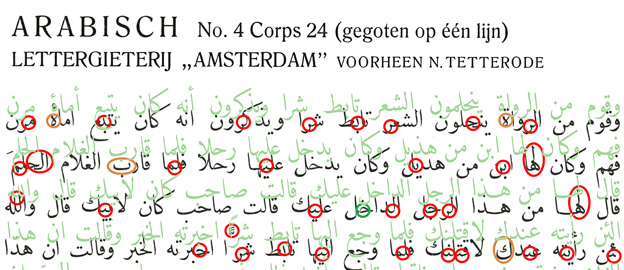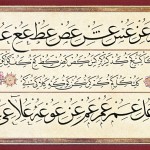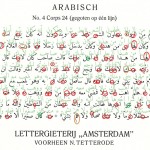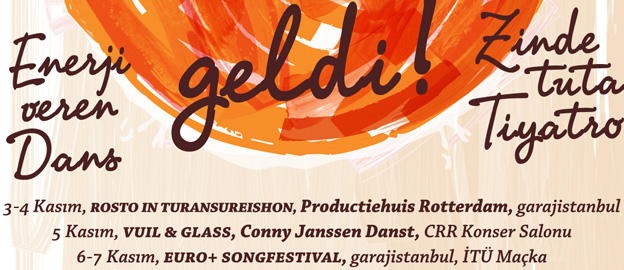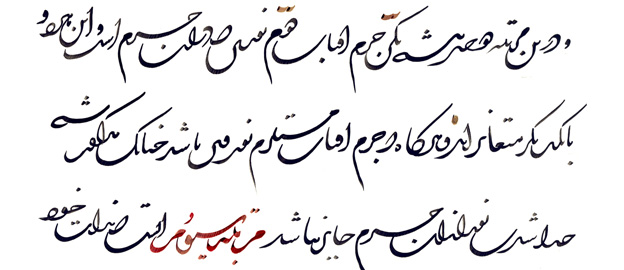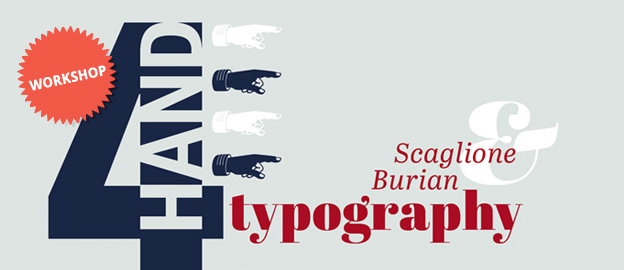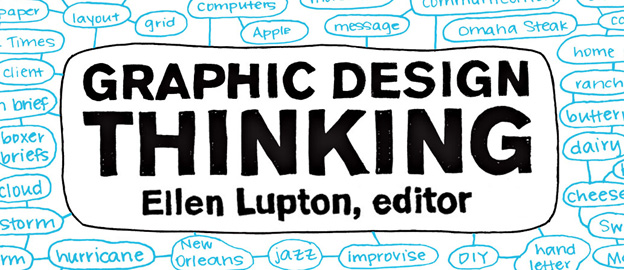An arzuhal or petition to the Sultan of the Ottoman Empire dated 1283 a.h. (1865-66 a.d.) came in my possession in 1983. With this document Mühendisoğlu asks, in Ottoman Turkish, permission to use the first valid nesih/naskh typeface ever designed. He explains how he used the handwriting of the kazasker Mustafa İzzet Efendi, şeyh-ül-hattatin (leading calligrapher), to accomplish this historical achievement.
This talk will present a critical analysis of how well Mühendisoğlu reproduced Mustafa İzzet Efendi’s nesih handwriting, and to what extent he gleaned the generic naskh (nesih) script grammar from it. This analysis will be the basis for a detailed critique of Tetterode alias the Amsterdam Type Foundry’s 1910 copy of the original typeface by Mühendisoğlu, by means of a contrastive analysis of the Tetterode typeface with computer-generated generic nesih (using the DecoType Naskh typeface).
In the quest to understand the Middle Eastern perspective on Arabic typography this petition provided an essential clue. From it followed logically that new technology had to be developed, as none of the existing methods were designed to handle actual script practice.
Keywords: arabic, ottoman, armenian, turkish, script grammar, script practice, font technology.
